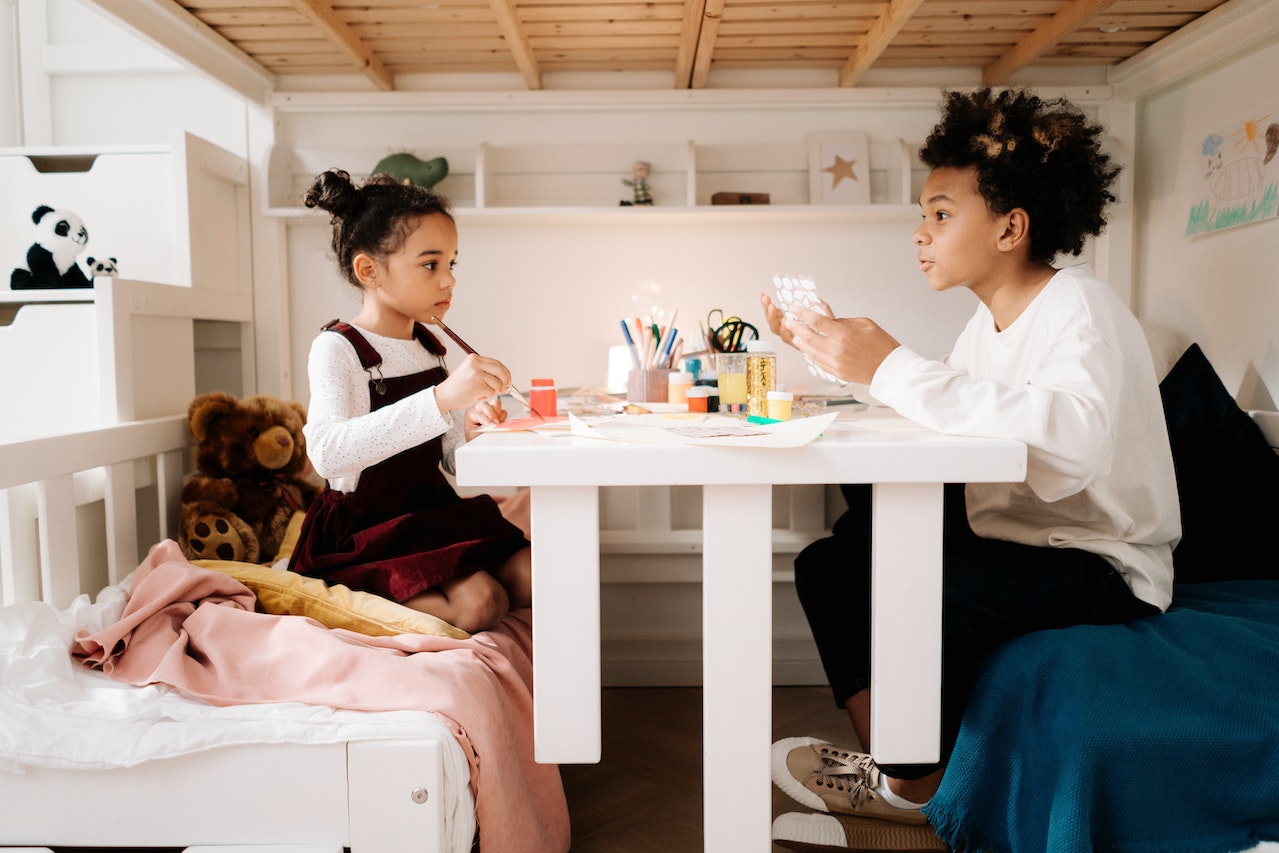As children grow and develop, so do their needs and preferences. One area that often needs to adapt alongside them is their bedroom. How can you design a bedroom that will grow and evolve with your child? A few tips can help you create a space that can accommodate their changing interests and needs throughout the years.
Check out these tips on designing a bedroom that grows with your child.
Choose adaptable and multifunctional furniture.
Rather than buying new furniture pieces every few years as your child grows, invest in adaptable furniture that can be modified to meet their changing needs. A convertible crib, for example, can be used as a toddler bed and then as a daybed.
Adaptable furniture can serve multiple functions, allowing you to maximize your investment. A changing table without padding can easily be adapted as a desk. Take off the mat when your child starts school, and voila! You have a homework station. No need to spend money on new furniture. Get creative and make the most out of your versatile piece.
Keep the main elements simple.
When decorating, it’s easy to get carried away and make everything theme-related, especially in your child’s bedroom. However, it’s important to remember that certain elements should endure the test of time. These key features include flooring, furniture, and wall color.
Think about how they may last through the years—flooring that will withstand years of play, furniture that grows with your child, and paint colors that are timeless and neutral. Choose options that are adaptable and workable.
Of course, consider how natural light and floor space work out when your child grows up. Right now, you may need some blackout curtains to keep the room nice and dark for nap time. Or, you might have all those cute little toys and storage bins on the floor. But you might need to adjust these things as your child matures. So, choose storage units and window treatments that are adaptable.

Decorate the room to match your child’s preferences.
While neutrality is the practical approach, it does not imply that your child’s room should lack personality. It’s actually the opposite. Give them a chance to express themselves and develop their personality in a safe space by keeping them involved in decorating the room. Once they’re old enough, at least.
It’s only natural for your little one to gravitate toward the latest trends (e.g., favorite Disney character). But you can still keep the room’s main features timeless. Go for a few decor items that can be changed easily. Throw pillowcases, rugs, and framed art that you don’t mind changing often may fall into this category.
Another fun idea is to use temporary wallpaper to incorporate what they currently like, which you can simply remove as their interests evolve. You can also go for a feature wall and let your child decide which colors and patterns to adorn it with.

Choose storage solutions that motivate them to clean up.
Storage is key to any space, more so for children’s bedrooms. As they grow, they collect various items, such as toys, books, and clothes, that need to be organized well. By creating a space that promotes tidiness, children can develop a sense of control over their environment, which is crucial for fostering independence.
- Use old crates or boxes as open cubbies by stacking them and laying them on their side. These cubbies can be repurposed as mounted shelves later on or as simple storage for books when your kids grow up.
- Wheeled storage bins allow your kids to take their favorite things wherever they please while keeping the items in one place.
- Built-in benches with drawers provide plenty of space to keep things. At first, you might use it to store toys, but it will come in handy over time. It can serve as an additional storage for your child to stow away seasonal items like winter clothes.
It’s all about finding the right balance between your child’s current interests and future needs when designing a bedroom for them. You can create a space that will evolve with your child by incorporating elements that can be easily updated or changed. You might find that doing this saves you money from having to redecorate every few years.
